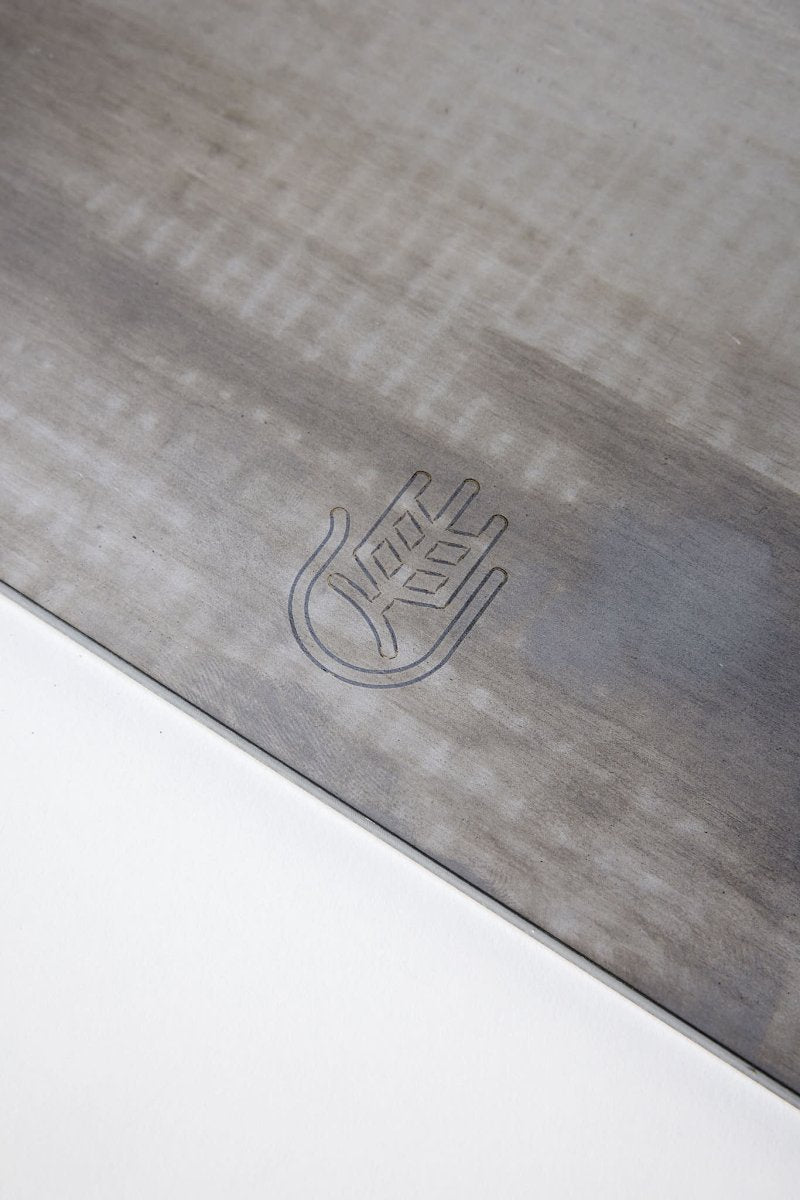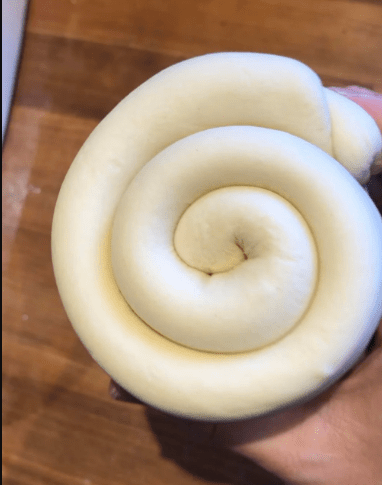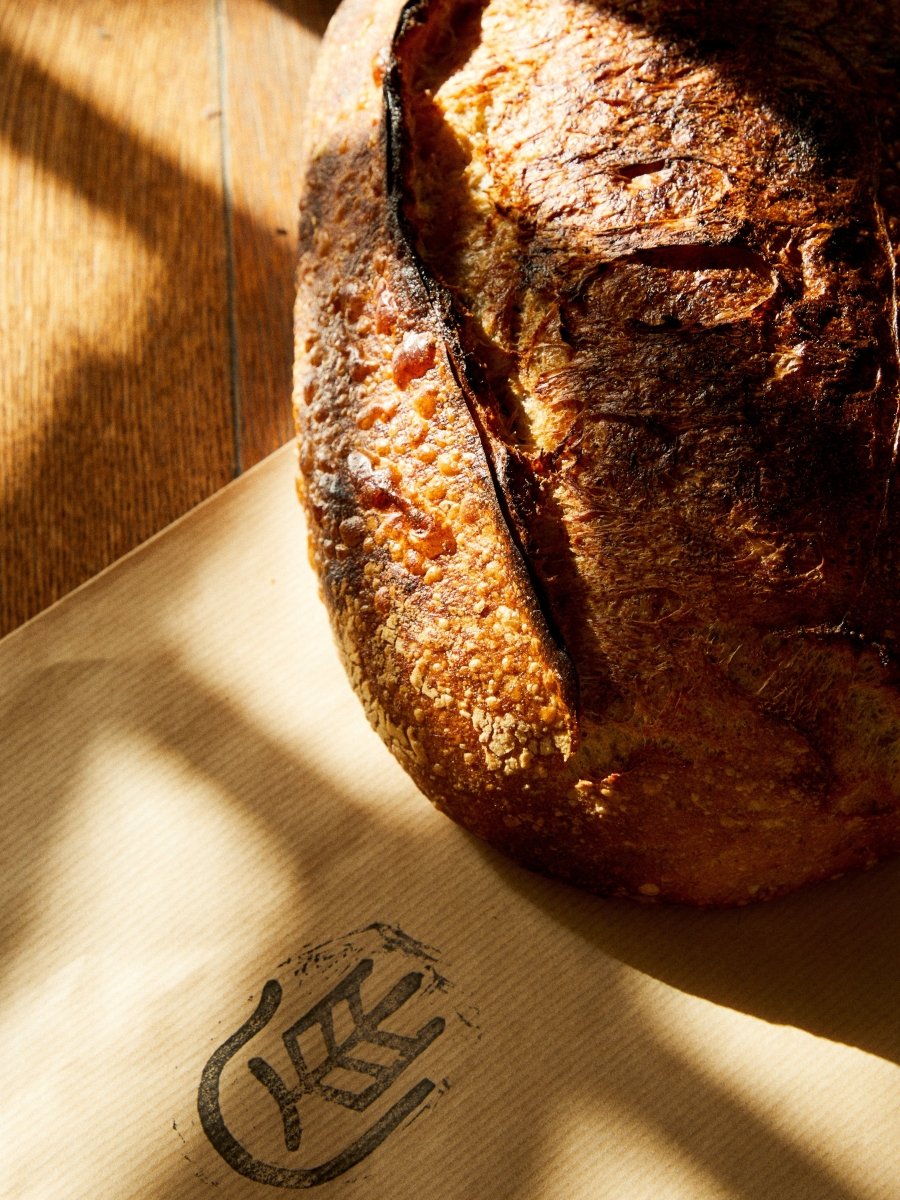If keeping your starter healthy feels overwhelming — don’t stress. I’ll walk you through a super simple feeding schedule so your sourdough culture stays lively, bubbly, and ready for bread at any time.
Why Feed Your Starter on a Schedule?
A regular feeding keeps your starter strong and predictable—no “mystery loaf” results! It’s not about being perfect every day, but having a routine that works for your life.
Peter’s Easy Feeding Routine
If You Bake a Few Times per Week
Keep your starter in the fridge:
- Feed (see below), then let it sit out for 2–4 hours until bubbly.
- Cover and refrigerate.
- The day before you want to bake, take it out, discard down to 50–60g, feed again, and let it become active at room temp.
If You Bake Daily or Every Other Day
Keep your starter at room temperature:
- Feed once every 24 hours (twice daily if your kitchen is above 24°C/75°F).
- Each time, discard down to 50–60g and feed with 50g flour and 50g water.
How to Feed Your Starter
1. Discard: Remove all but 50–60g of starter.
2. Feed: Add equal weights of water and flour (50g each is typical).
3. Mix: Stir well until smooth.
4. Wait: Let your starter sit at room temp (ideally 21–23°C/70–74°F) until it’s doubled, domed, and full of bubbles.
- Ready to bake? Use it now!
- Not baking? Refrigerate after it peaks.
Peter’s Quick Tips
- Label the jar with a rubber band so you can track the rise easily.
- If your starter smells sharp or develops liquid (“hooch”), it’s hungry. Just pour off the liquid and feed as usual.
- Don’t worry if you miss a day or two—starters are very forgiving!
FAQ
Can I feed less or more often?
Yes! When it’s hot, feed more; in colder months, sometimes less is fine.
Do I ever need to start over?
Only if your starter develops mold, a pink/orange color, or a rotten smell. Tangy, vinegary, or even nail-polish smells just mean it’s hungry—feed it a couple times at warm room temp.
Final Thoughts
Routine is key, but don’t let sourdough stress you out. The best starter is one you feed, trust, and use regularly. If you get stuck or your starter seems sluggish, reach out on Instagram (@simpelsurdej) or YouTube. There’s always a solution!
Keep it simple, keep it fun,
Peter




In sozialen Netzwerken teilen:
Why Is My Sourdough Too Dark? 5 Ways to Fix Burnt Bread